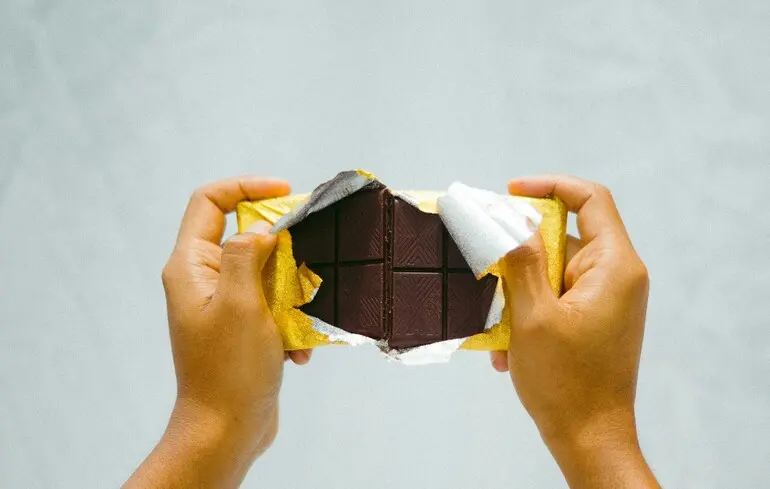Unexpected Ingredients: How Microbes Shape the Unique Flavor of Chocolate

Did you know that the distinctive taste of chocolate is not solely determined by the cacao plant, but also significantly influenced by the microbial activity during fermentation? Recent scientific research reveals that microorganisms—including yeasts, bacteria, and genetic factors—play a crucial role in creating the terroir, the complex set of aromatic nuances that distinguish one chocolate variety from another.
An international team of scientists, led by geneticist David Gopalchan from the University of Nottingham, conducted detailed studies on three cacao farms in Colombia.
These farms, belonging to women growers, cultivated similar cacao varieties but produced different quality chocolates — two crafted premium products, and one mass-market.
The researchers examined the microbial communities, temperature fluctuations, and pH levels throughout the fermentation process.
They identified Saccharomyces cerevisiae yeast as the initial fermenter, responsible for converting sugars into alcohol and generating heat, raising the temperature to a critical 44°C that halts germination.
Subsequently, bacteria produce acetic and lactic acids, transforming the bean structures and paving the way for new flavor compounds.
As the process proceeds, additional yeasts and bacteria introduce their own aromatic influences, contributing fruit, floral, and citrus notes characteristic of high-quality cacao from Colombia and Madagascar.
By analyzing microbial genes, scientists assembled laboratory combinations of microbes capable of recreating the refined chocolate aroma.
Expert tasters confirmed that lab-produced samples exhibited similar citrus, berry, and tropical fruit nuances, while industrial samples lacked nutty or caramel overtones and had more herbaceous notes.
Such microbial ‘starter cultures’ could enable farmers to better control fermentation and improve cacao quality, but some craft chocolatiers fear that standardizing microbial starters might lead to flavor homogenization and loss of regional and traditional uniqueness.
Experts also warn that excessive microbial intervention could produce undesirable tastes.
Ultimately, chocolate remains a product shaped not only by plant and soil but also by the microbes that forge its distinctive character.
Despite advances, wild yeasts and bacteria continue to be the true artisans behind the flavor, especially amidst soaring cacao prices—up 185% this year due to supply shortages caused by extreme weather.
Despite rising costs, demand remains high, as consumers continue to crave coffee and chocolate, reaffirming cacao’s status as a vital commodity worldwide.

